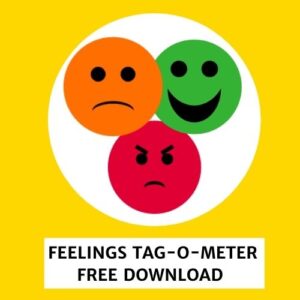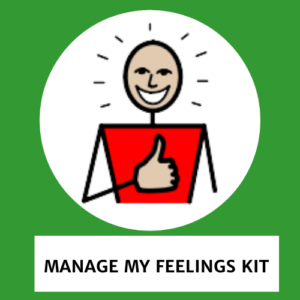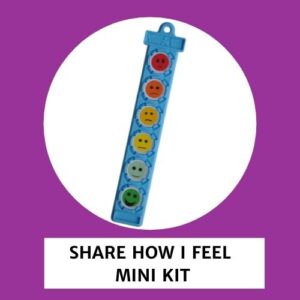
If someone cannot tell you how they feel they will try to show you how they feel.
Language is one way to convey emotion, but of course it is not the only way: sign language and symbol communication systems such as TomTag feelings tags are equally as effective. People will express their feelings through their behaviour when they either 1) do not have a communication strategy to hand, or 2) when they themselves cannot identify the feelings they are experiencing.
You will have heard the phrase challenging behaviour. And you will have come across the common misconception that it should be stamped out. The behaviour is communication, we do not want to stamp that out.
Consider what the challenge actually is:
- The person exhibiting the behaviour is being challenged by a problem in their own life.
- The challenge they are setting you is to work out what that problem is and to help them solve it.
- Their behaviour is simply the communication tool they are using to alert you to the problem.
When faced with behaviours that challenge you, if all you do is try to prevent the behaviour you will not escape the challenge. Suppose the behaviour I am using to express my difficulty with the world as I find it is to hit my head against a wall, and you put a helmet on me to stop this from hurting me. Although my head is safe you have silenced my communication, so I will need to find a new way to express the difficulty, perhaps I will bite myself, or hurt you. I am not doing these things maliciously, I am just seeking to be understood.
Helping me to recognize and then express my emotions using communication strategies such as signs or symbols gives me a way to express my difficulties clearly to you without needing to resort to challenging behaviour. You need to ensure these communication methods are as effective as behaviour for me, I want to be sure that I get as much help when I point to the symbol for ‘sad’ as I used to get when I expressed ‘sad’ by hurting myself.
The word challenge is right. It is a challenge to work out what someone else is communicating to us, especially when we are trying to do that for someone who doesn’t communicate using traditional communication methods or for someone who experiences the world in a different way to us, due to sensory differences or neurodiversity.
On my course Exploring the Impact the Senses have on Behaviour, we do just that! When behaviours stem from sensory causes they require a different response from behaviours whose origins are elsewhere. Behaviour triggered by the senses can be low level niggly gripey grumpy type behaviour or it can be big explosive behaviours such as biting, kicking and lashing out.
When explosive sensory behaviours occur hormones flood the brain and a person loses access to their ordinary channels of communication; language, signs and symbols no longer work. On Exploring the Impact the Senses have on Behaviour we look at how we can communicate in a sensory way to support that person. We look at how practices such as externalizing emotional regulation and using symbol support (e.g. TomTag) to express emotion can help avoid crisis situations. We also do the sensory detective work to better understand the triggers for these behaviours and how we can avoid them.
Connect with Joanna to learn more about her remarkable work and brilliant, interactive, training courses.
Facebook @TheSensoryProjects
Twitter @Jo3Grace
Linkedin Joanna Grace






